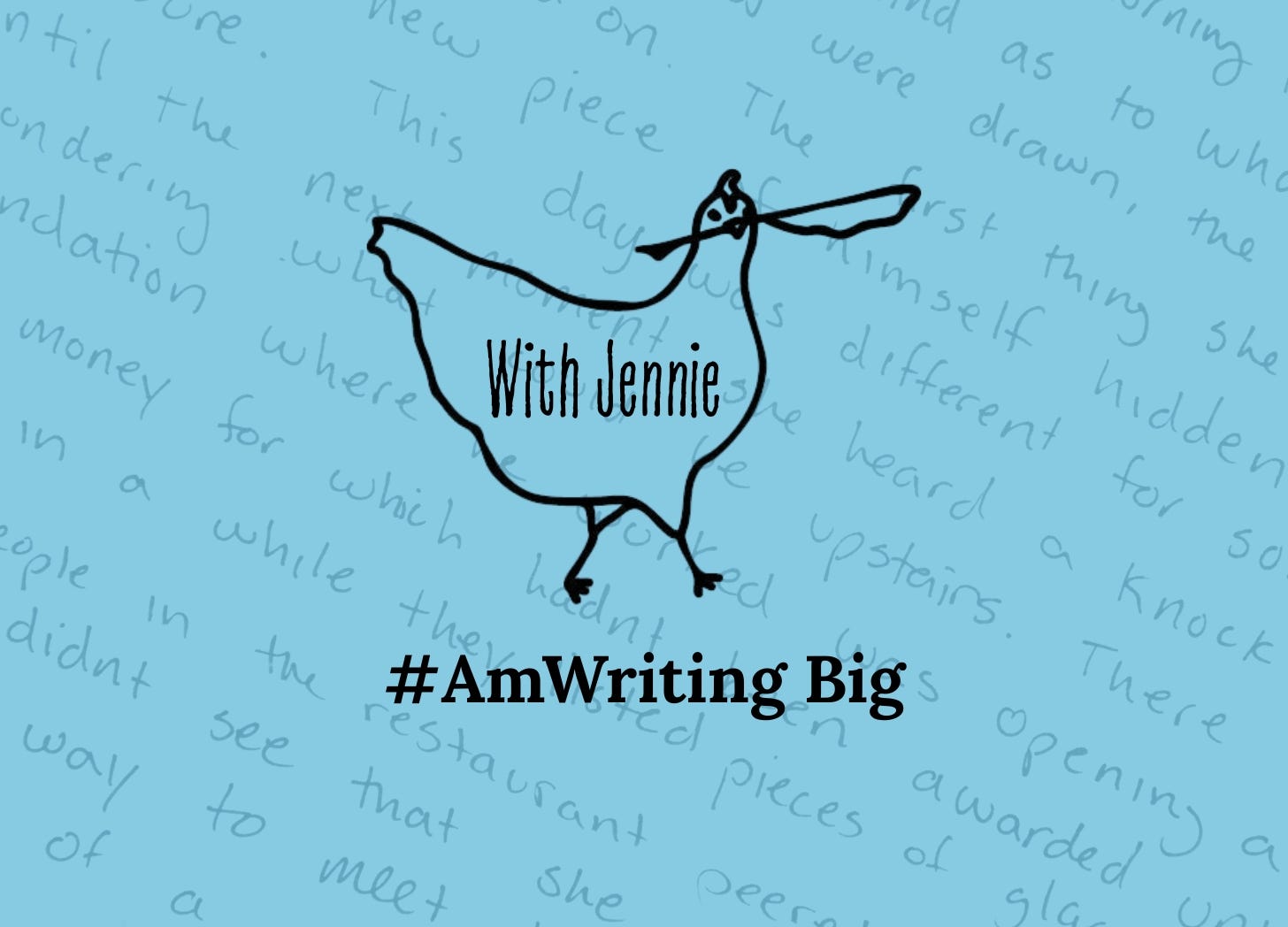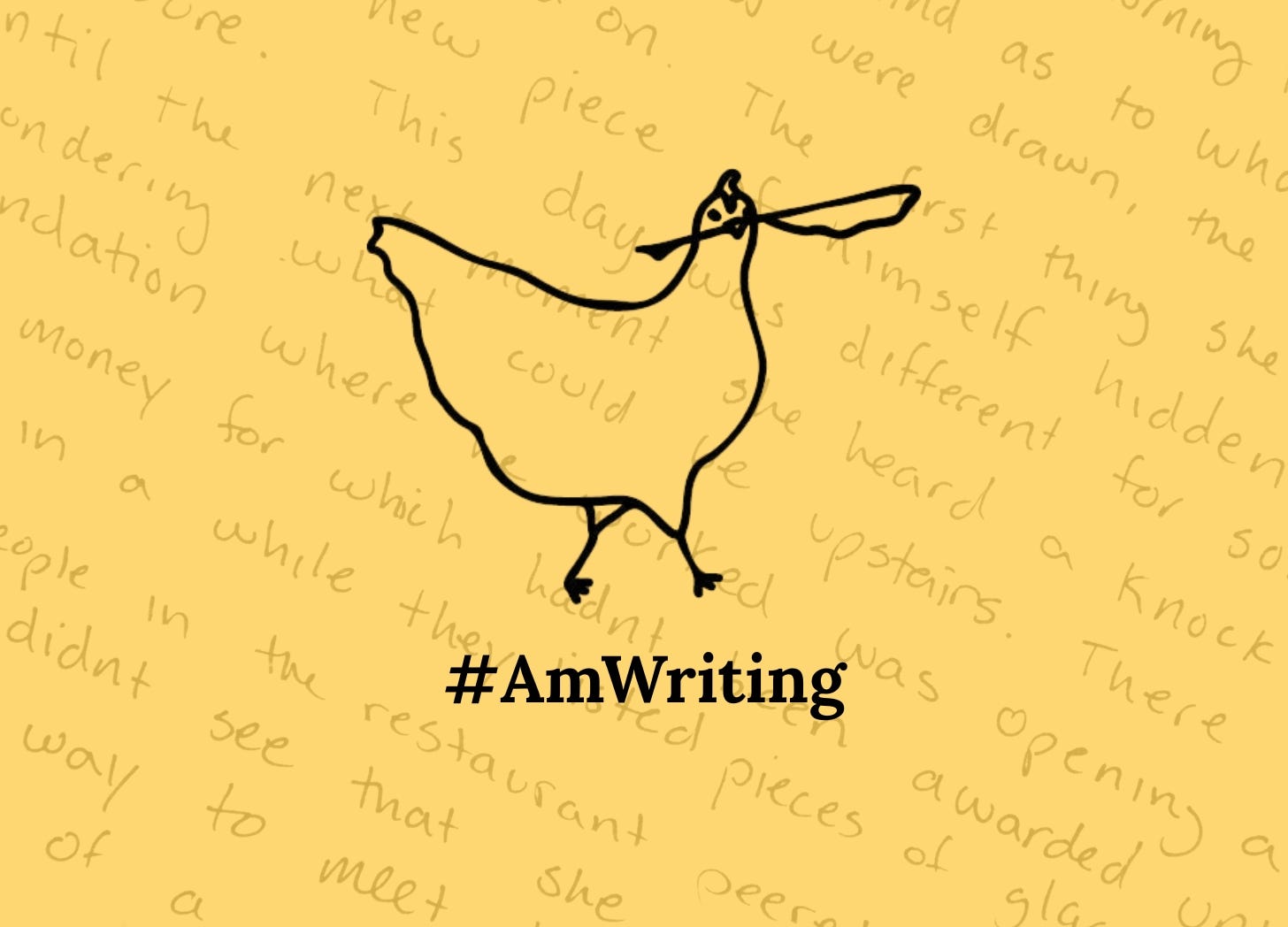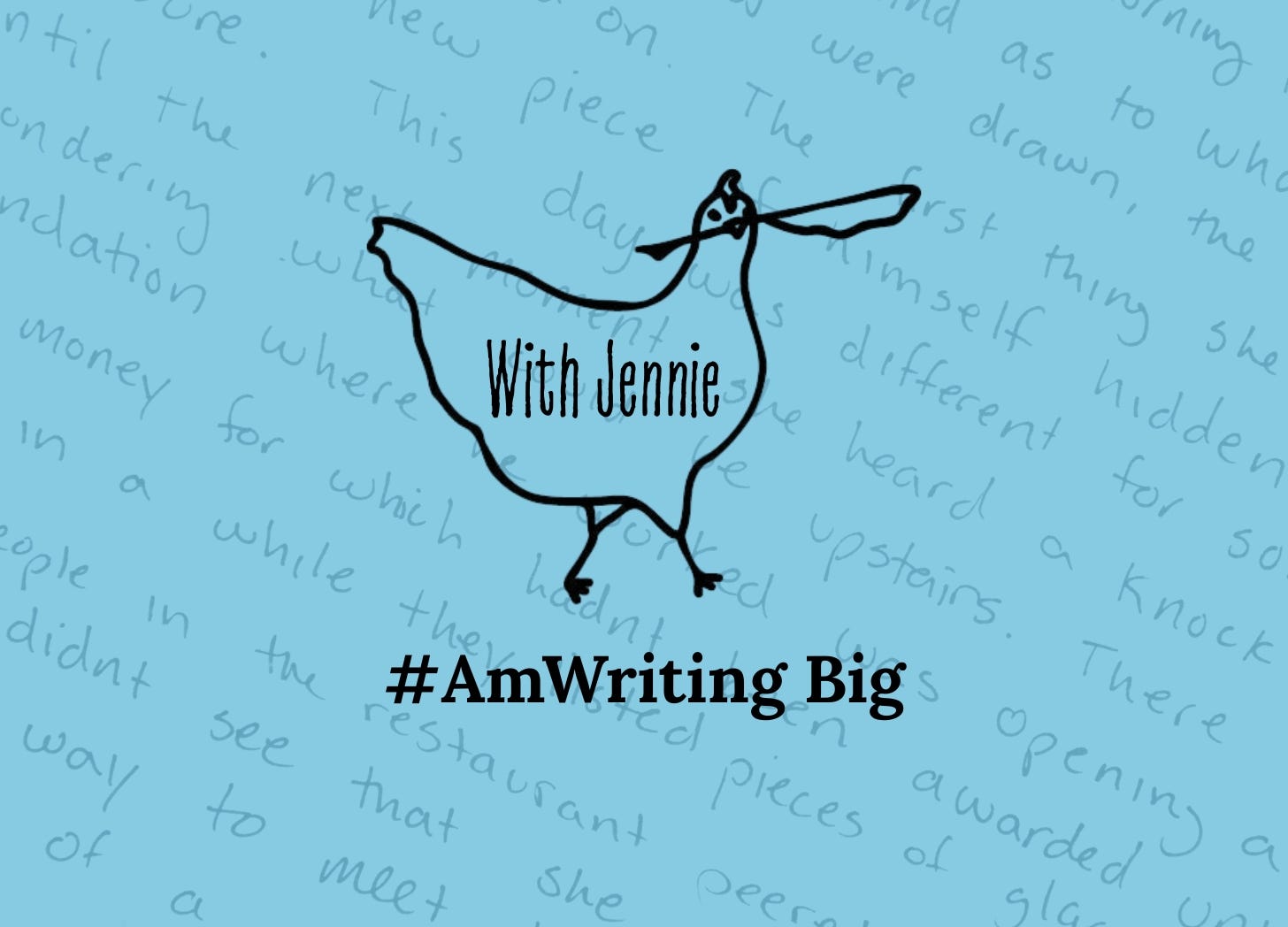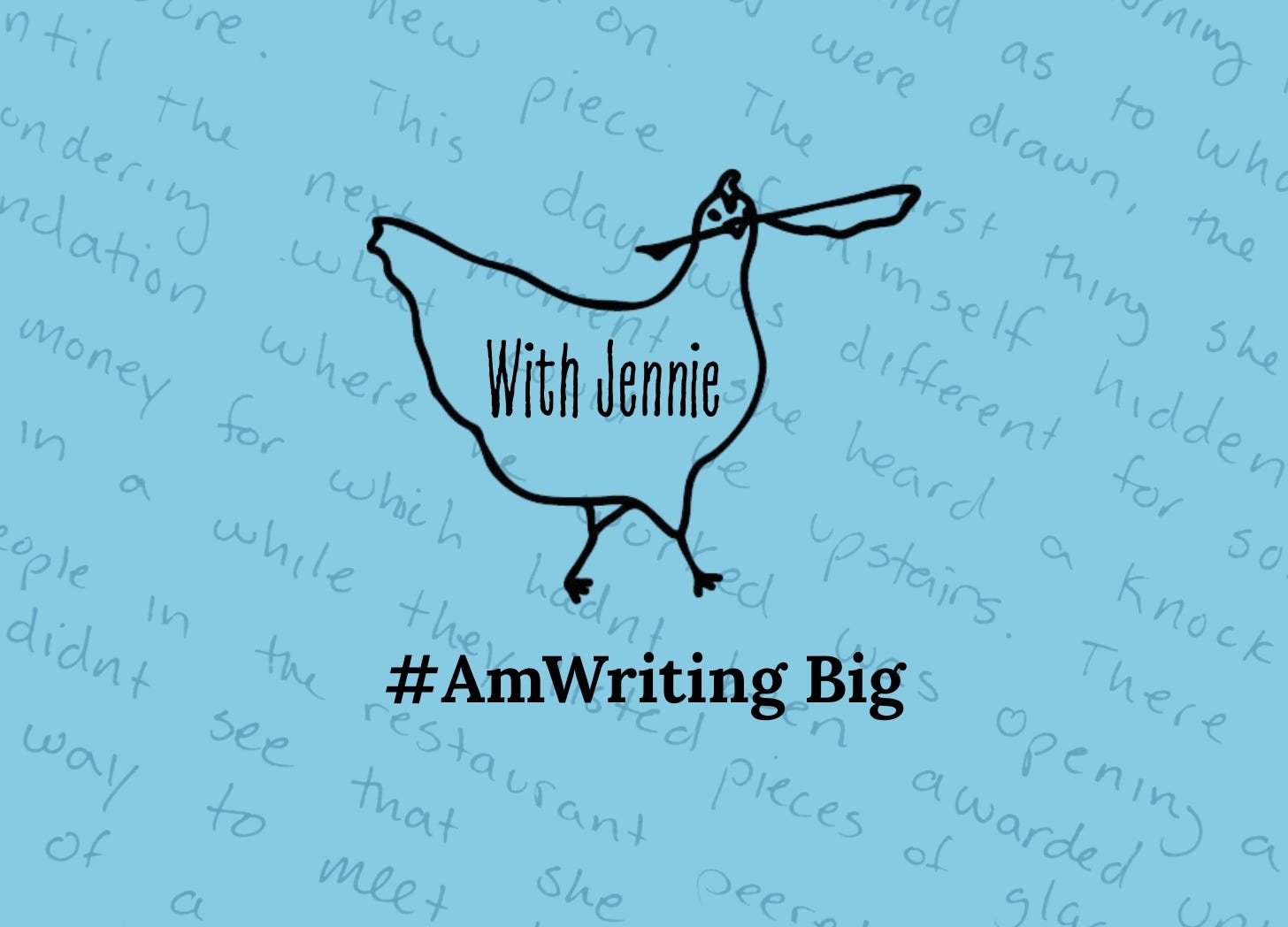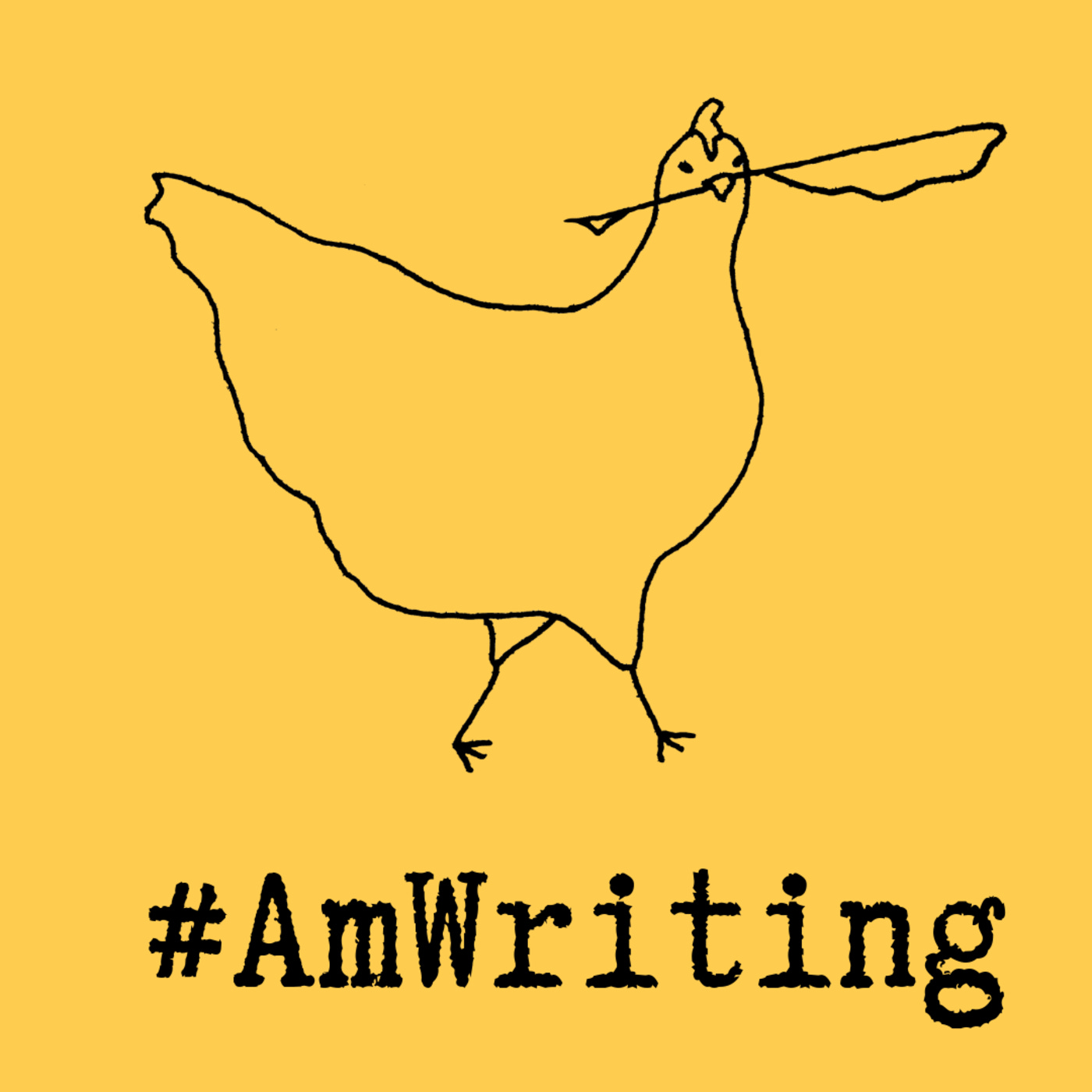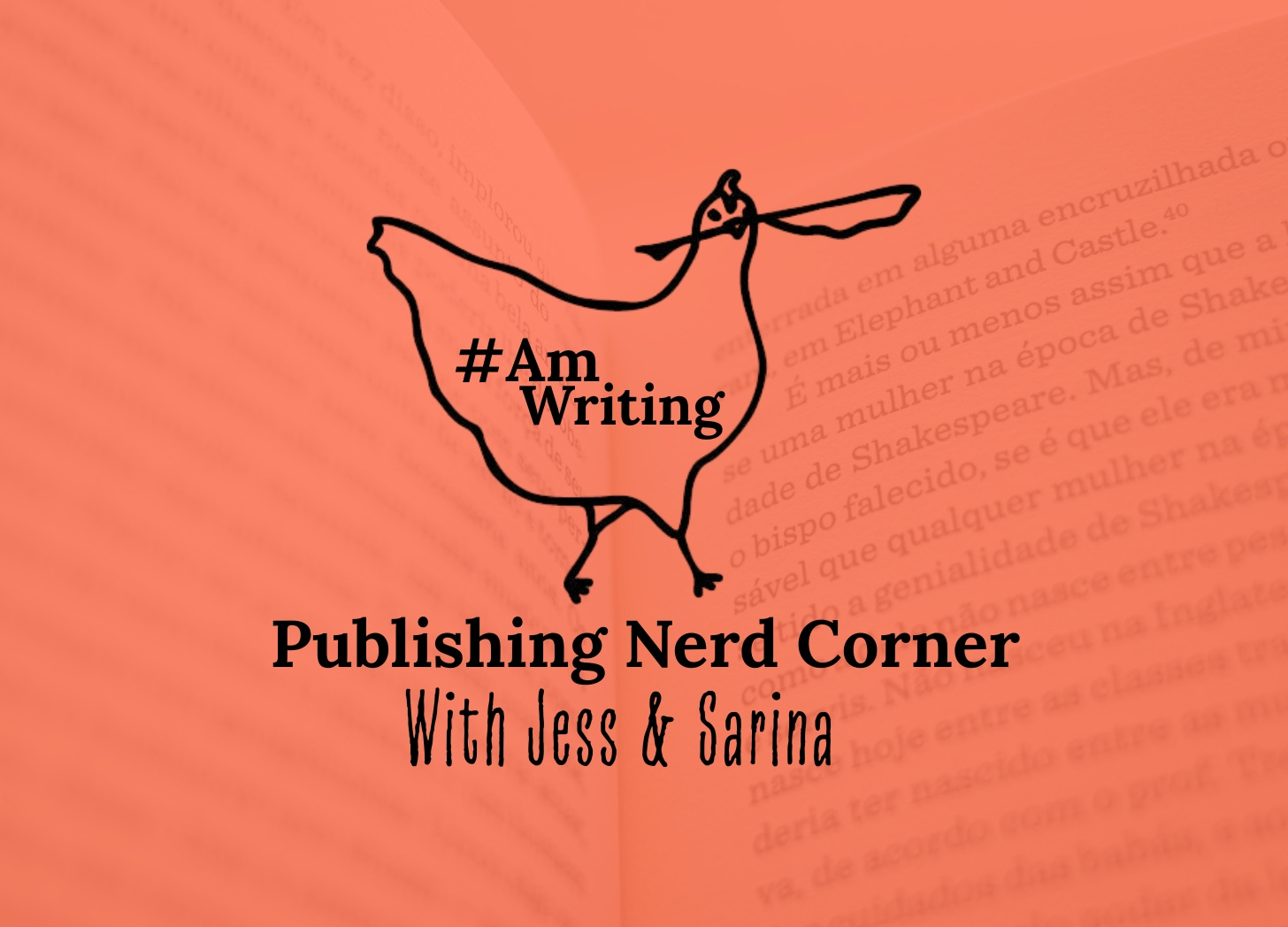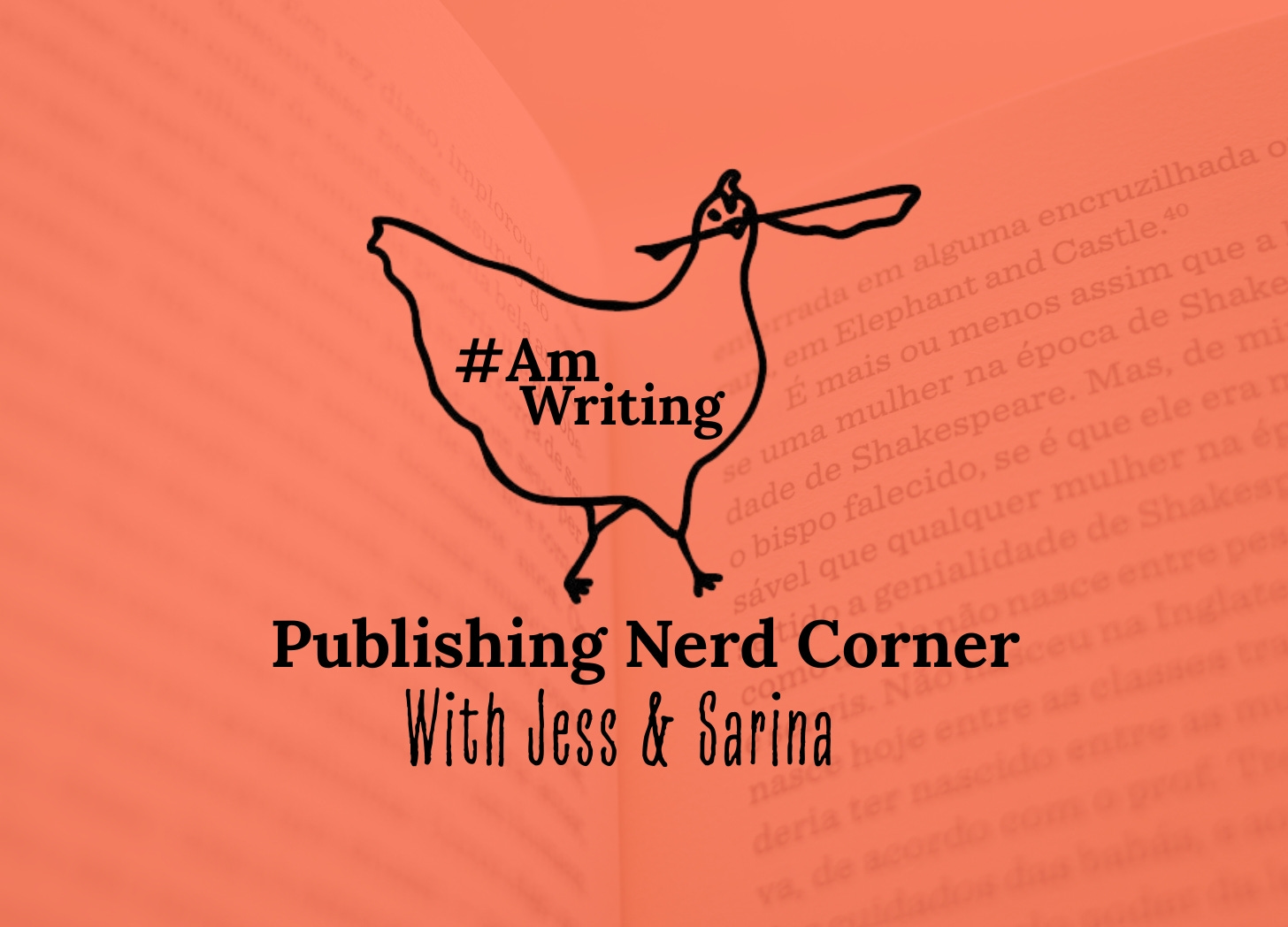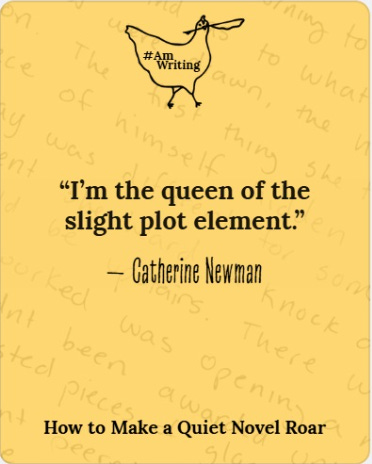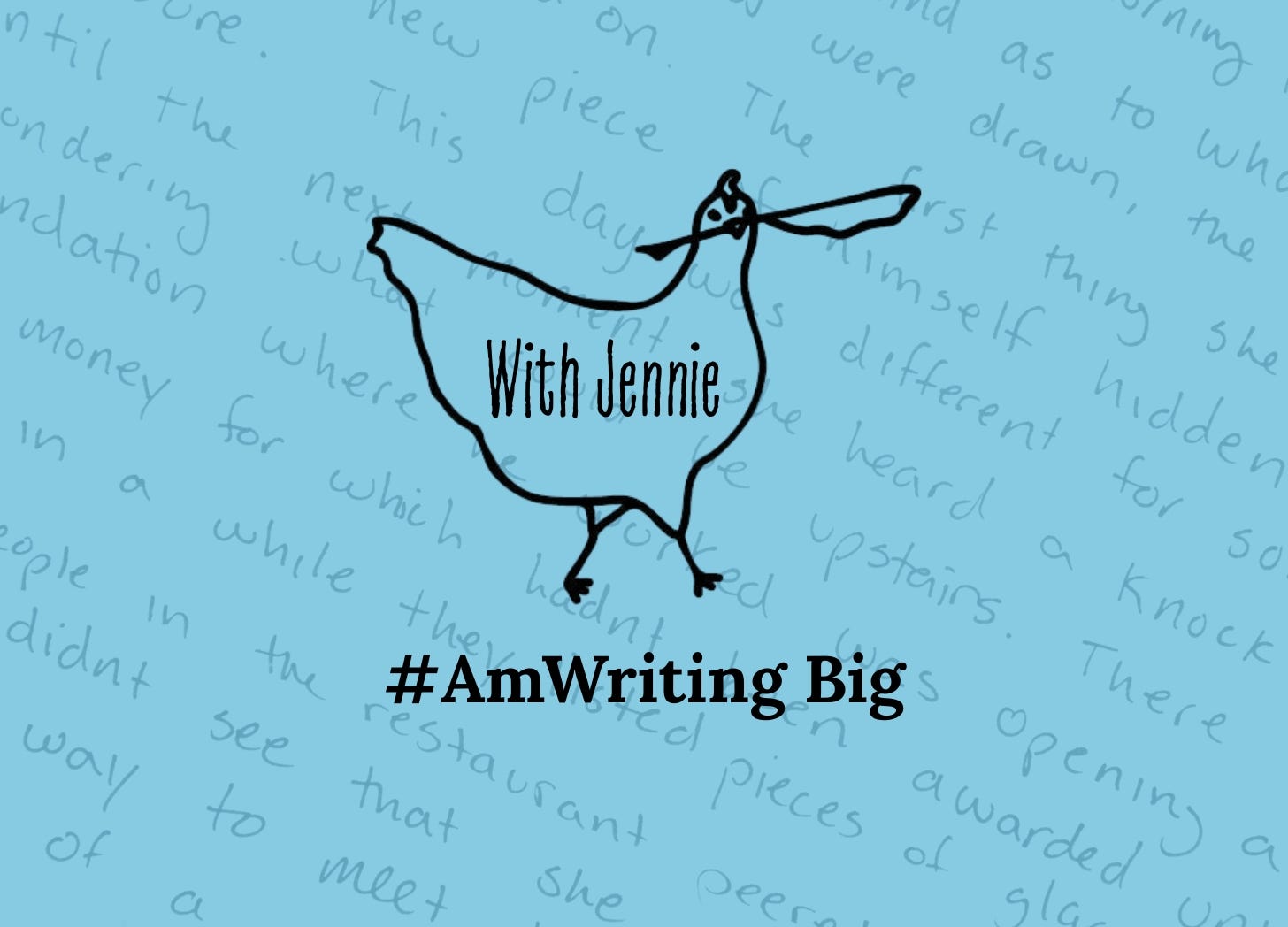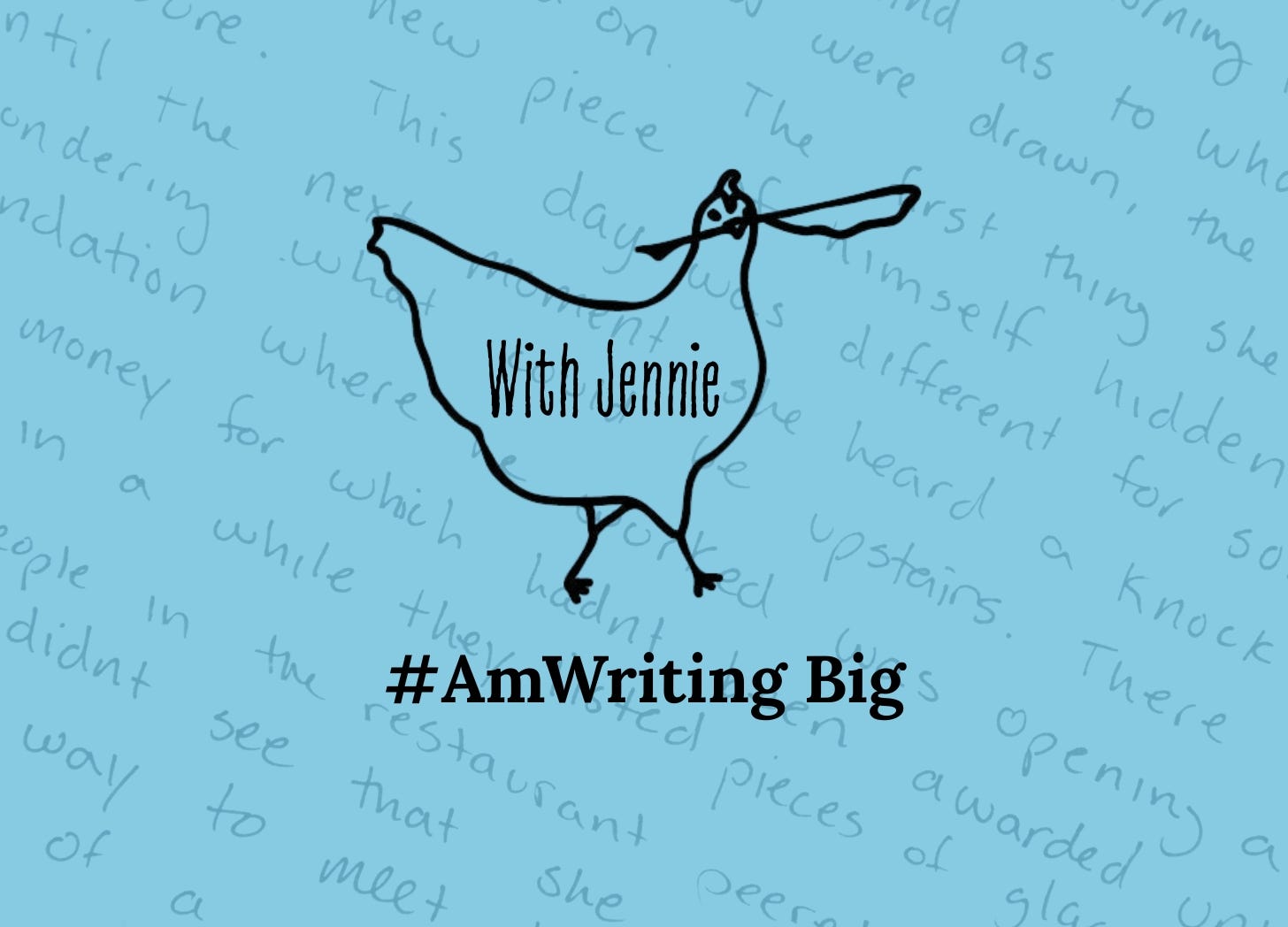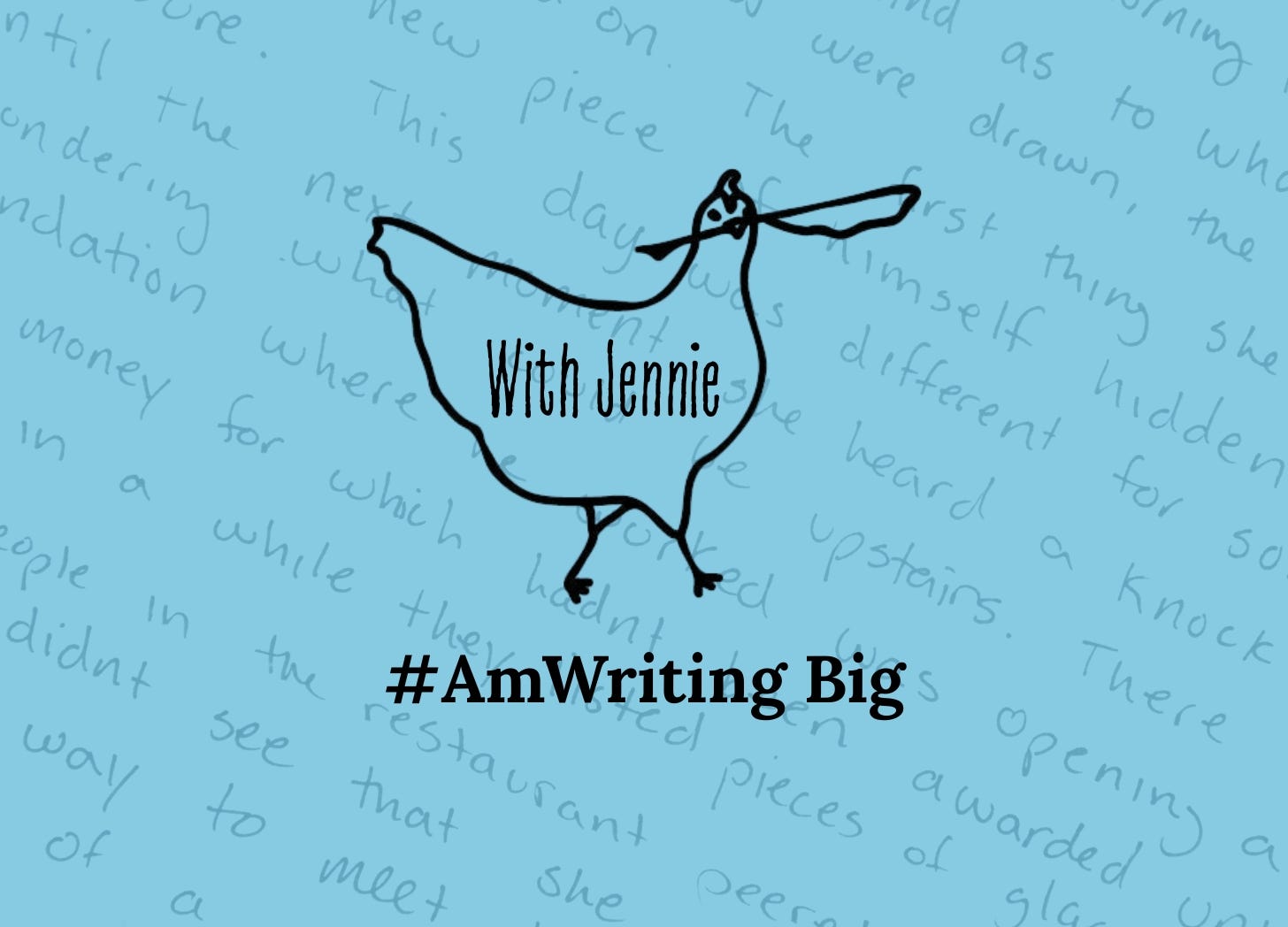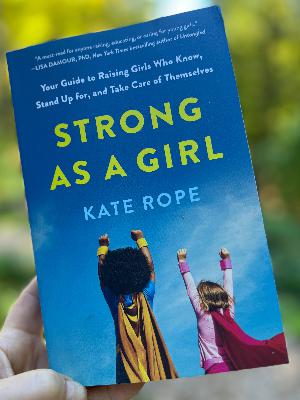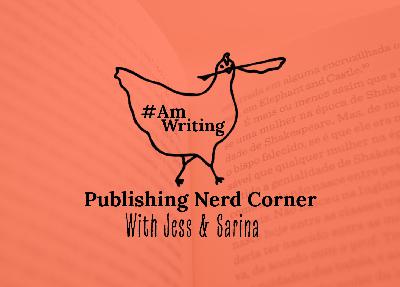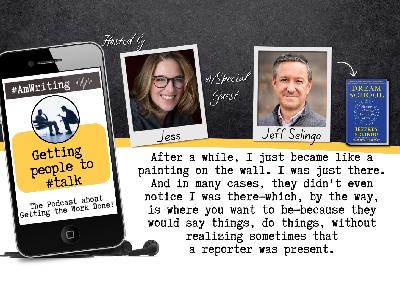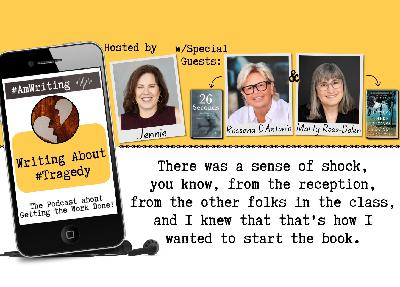Ep 474: How to Make a Big Move When You’re Stuck in the Muddy Middle
Description
In this Write Big Session, Jennie and KJ dive into what it really means to “write big” when you’re deep in the messy middle of a novel. KJ shares how she’s tackling her new book by working backward from the ending—mapping out the emotional and plot arcs for each character to keep herself focused and out of the coffee-chat scenes she loves to write. Jennie cheers her on, unpacking how this kind of clarity, self-awareness, and trust in the reader is what turns a good book into a great one.
TRANSCRIPT BELOW!
THINGS MENTIONED IN THIS PODCAST
* KJ’s Review of The Correspondent
SPONSORSHIP MESSAGE
Hey, this is Jennie Nash, and I wanted to invite you to check out my Substack newsletter, The Art & Business of Book Coaching. It’s totally free unless you choose to support me, and it’s secretly really great for writers. The reason is that book coaches are in the business of helping writers do their best work. So I’m always talking about writer mindset and things like helping a writer find their structure or find an agent or find their position in the marketplace. If you’re considering investing in having somebody help you, it’s a great way to get prepared to know who you might want to pick and what you might want to ask of them. You’ll get an inside peek at the way that the people who are in the business of helping writers think about writers, and so in that way, it can help you become a better writer just by tuning in. I have a lot of writers following me over there, so if you’re interested, come check it out you can find it at substack.com/@JennieNash. That’s substack.com/@JennieNash, and it’s J-E-N-N-I-E.
EPISODE TRANSCRIPT
Jennie Nash
Hi, I’m Jennie Nash, and you’re listening to the Hashtag AmWriting Podcast. This is a Write Big Session, where I’m bringing you short episodes about the mindset shifts that help you stop playing small and write like it matters. Today I’m talking to KJ, and we’re going to be doing recurring episodes where we talk about her efforts to play big and write big in her new novel. Hi, KJ.
KJ Dell’Antonia
Hi! This is going to be so fun. Okay, so I’ll tell you what—yeah, I’ll tell you what I’ve been working on. What I’m thinking—like, my theory here is sort of avoid the muddly middle by writing the end, or kind of outlining to the end. So I have about 30,000 words. I’ve really established things. The main events have really started to happen, and I know kind of where they’re going, but I kind of hit a point where I wasn’t sure, like, what should happen next, in what order. And I know myself—I am very prone, at this point, to just flaking off into people having coffee and talking.
Jennie Nash
Yes, you are! You are really good at that.
KJ Dell’Antonia
Exactly. And they would be very entertaining and enjoyable scenes of people having coffee and—or doing whatever. But there is—I mean, I have five point-of-view characters, one main one, but—and all of them have lots of stuff going on in their lives, some of which has to do with this, and some of which doesn’t. Well, all of it does, but you don’t—it’s not all the core, either the core emotional plot or the core actual plot. So what I did was to start sketching out the stuff that happens next, and then I kind of have jumped ahead, and what I’m working on now—and I’d love your sort of feedback on this as an idea—is I wrote out, like, okay, here’s the emotional end for each of these characters. Here’s where they need to end up, and then here’s the plot end for each of these characters in, like, the happy ending, if there was an epilogue—which this is not really that kind of book kind of way—just so I know, like, this is where… And now I am focused on, okay, what should, like, the last scene of this be? I know what happens, but I’m trying to figure out, like, what would be the—what would be the last thing? And I may get this in the wrong order, but anyway, that’s where I am, and I’m going to build those backwards until I catch up to my middle, and I’m thinking that will keep me—keep my eye on the ball. What do you think?
Jennie Nash
Well, I could not love this more for you. I really couldn’t, because I know what you’re trying to do, and I feel like you’re doing it, and we’re getting at this idea of what does it mean to write big, and you’re trying to solve for something that you just identified for us—that you have it, you tend to fall into—and you’re trying to not do that. And you’re trying to write a bigger, better book because of it, and it’s so interesting because it’s a super nuanced thing you’re talking about, but it’s also where the difference—that’s how you get from good to great—and you’re trying to get to great. So I just love this so much. And what I hear is that you’ve outlined this book, which I know is hard for you, and now you’re kind of using that outline to scaffold yourself to write an emotionally satisfying story. So I just—I love it as a tactic for writing big.
KJ Dell’Antonia
Because even if I go back to that outline, like, there are some things happening in these people’s personal lives that are deeply important to them—and, I think, important to the reader—but not in the sense that I need pages and pages of either discussion or introspection about them. It’s more that those are—that they really need to stay back, not background exactly, but in this intense moment of these people’s lives, those things are still in their heads. Like, they’re still going, you know, Wait, what just happened means that I am never going to get a resolution to this thing that I’m deeply worried about—but also I have to deal with this, with this death and this crisis. And so I was thinking that doing this would keep me focused on the emotionality of the crisis.
Jennie Nash
Yeah, because you’re really good at plot. You’re really good at plot, and the other component that—underlying what is—the emotion of this person is something you’ve had to work harder at. And what I love about that is that this is how you get really fully fleshed-out characters. Because, like, I have a friend who is going through a heartbreak, and every single thing she does right now is done through the lens of that heartbreak. So even if she says, “Hey, do you want to go on a whale-watching trip out to the islands this weekend?” it’s not just about let’s go on a whale-watching trip, right? It’s about—
KJ Dell’Antonia
Right.
Jennie Nash
But she’s not going to say that when she asks me to go on the whale-watching trip. She’s not going to say, “Because, you know, I’m lonely and sad,” you know? So what you’re doing is giving your characters these rich lives. But that’s not the story.
KJ Dell’Antonia
And also, I think it will help me to trust the readers—to pay attention to what matters about the rich lives. So, you know, to trust the reader to keep in their head that if someone has a passing, fleeting thought about one of those emotional—you know, one of those pieces of emotional background—that they will still either be wondering about it, if I haven’t revealed it yet, or, you know, recognize it for what it is. And I suspect that I’m going to forget some of them. As I go back through my outline, I’m like, Oh yeah, totally forgot she had this particular problem, and this is how this is going to be resolved. And that may mean that some of them don’t stay, although I think they will. I think it just means that I got—that, you know, ninety thousand words’ worth of story is a lot to keep in your head.
Jennie Nash
So when you sit down to write, how are you doing it differently? I mean, we know that you’re very good at productivity—doing the stickers, sitting down, doing the work—but how are you making yourself think in this different way this time?
KJ Dell’Antonia
I am not drafting. I am staring. And I have two—oh, I have a Google Doc of about forty-six files at this point. Then—actually, no, I think it’s twenty-eight. So I have an outline that you are sometimes looking at, which has everything that I’ve written so far, and then a chunk of things that I know are coming up, where I could write those pretty quickly. The problem is… I would hit a wall at the end of them. So I want to come back and make sure that they’re what I want to—or at least what I think I want to—write. So I’m going into a sort of a secondary outline, and I’m writing things like—because a lot of what’s happening now is also that I am figuring out things that are happening

